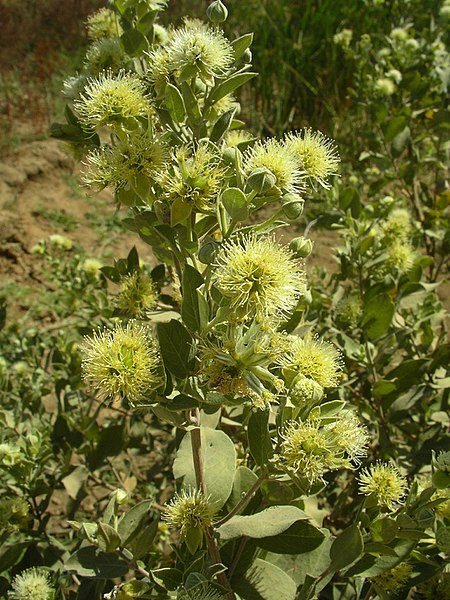
By Bernadette Bourjade
When thinking about the ecological system, what often comes to mind are the disparity of certain species, natural selection, competition or even negative rivarly. However, there are also plants that are called facilitating plants, mother plants or nurturing plants.
For example, in the Sahel desert, there exists a bush called Guiera Senegalensis, which, when planted alongside millet grass, allows it to yield a harvest even during periods of extreme drought. This is the result of a sharing of water between the cultivated Millet plants and the wild Guiera bush, which sinks its roots to a depth of 3 meters or more to draw on the moisture available there. As a result it “waters” the Millet plants, where the water transfers between the two plants, called bio-irrigation processes, are done during daylight hours. While this happens, the Guiera bush ceases its photosynthesis and perspiration and its pores also close. Its system of roots, in turn, continues to pump moisture from the depths. During the night, the water obtained by the Guiera bush in this way wets the ground at the surface, which is then captured and absorbed by the millet’s root system.
This will also have a positive effect on the microbial life of the soil, increase soil quality and absorption of mineral elements. The difference in yield between a millet field with or without the Guiera bush can be significant.
The Guiera Senegalensis bush that has for a long time been considered as insignificant, and even as a weed to be eliminated, leads us towards new horizons that are yet to be discovered and whose understanding is to be deepened.